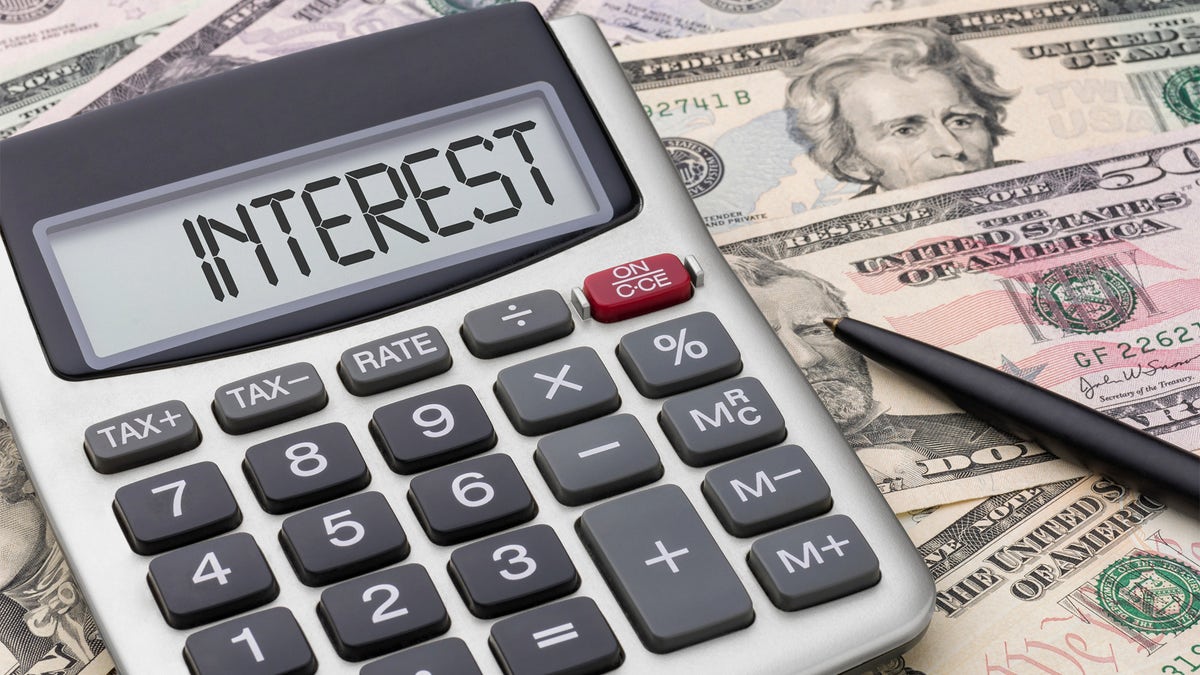
What is interest? (Zerbor)
You've probably overheard homeowners boast that they nabbed a "great interest rate" on their mortgage. But what is interest, exactly?
Essentially, interest is an extra fee you pay your lender for loaning you the money you need to buy a home. Lenders, after all, don't just fork over their money out of the goodness of their hearts.
"They want to be compensated for putting money in your pocket," says Jack Guttentag, author of "The Mortgage Encyclopedia." Since mortgage lenders are providing cash upfront to make homeownership possible, they require you to repay the debt plus interest.
Now, if you've got a lot of dough lying around and want to pay for the whole house upfront with an all-cash offer, you can avoid paying interest. But let's face it, most of us aren't living in this dreamy scenario, which makes home loans and interest par for the course -- so it pays, literally, to know how it all works.
How interest rates on home loans work
When you get a mortgage, your interest payment is calculated as a percentage of the total loan amount. For example, say you get a 30-year $200,000 loan with a 4% interest rate. Over 30 years, you would end up paying back not only that $200,000, but an extra $143,739 in interest.
Month to month in the above scenario, your mortgage payments would amount to about $955 per month. Part of that monthly payment would go toward paying back what you borrowed (an amount known as your principal), and the rest goes toward interest.
The exact proportion varies month to month -- early on, homeowners typically pay more interest and less principal -- but that composition changes as the loan matures. For instance, in your very first month for the above scenario, you'd pay $288 to your principal and $666 to interest. By your last check to your lender 30 years later, you'd pay $951 toward principal and $3 toward interest (check out realtor.com's mortgage calculator to punch in your own numbers).
So what does this payment schedule mean for homeowners? It means it will take time for you to build equity in your home, since you're largely paying interest during the early years. Yet there's an upside to this reality: Interest on a home loan is deductible on your taxes, so early on you will get a big tax break that dwindles as your equity rises.
Why interest rates fluctuate
Fluctuations are based on several factors.
"During a period of slack economic activity, [the Federal Reserve] will provide more funding and interest rates will go down," says Guttentag. Conversely, "when the economy heats up and there's a fear of inflation, [the Fed] will restrict funding and interest rates will go up."
These financial shifts could be stressful if they affected your monthly mortgage payments, but luckily when you get a home loan, there's a way to shield yourself from this roller coaster by getting a fixed-rate mortgage, which locks in your rate at whatever level it is at the time you apply. It remains the same over the life of your loan (typically 30 years). Or else, if you don't mind the market's ups and downs, you can opt for an adjustable-rate mortgage.
How to get a low-interest loan
Not everyone who applies for a home loan gets the same interest rate. It varies widely depending on a variety of factors.
Probably the biggest variable is you: Interest rates for home loans vary depending on the borrower's credit score. Good credit leads to lower interest rates, which is why it's important to know your credit score and keep it stellar.
Your interest rate can also vary based the type of loan you get: 15-year loans, for example, typically offer lower interest rates than 30-year loans. ARMs have lower interest rates than fixed-rate mortgages (at least at first).
The bottom line: Paying interest may be a reality to homeownership, but how much interest you pay runs a wide gamut, so make sure you grasp the basics before you apply.